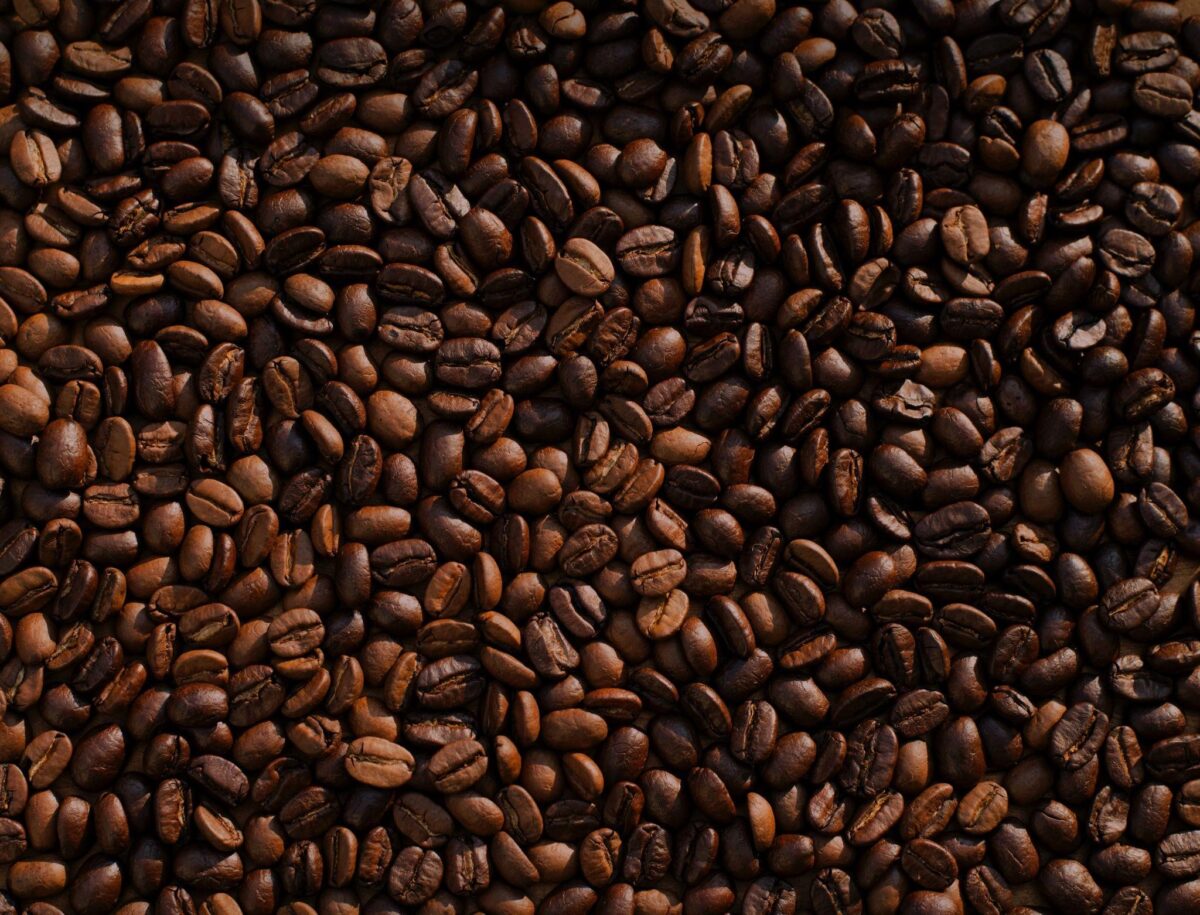Advice often given to coffee roasters is to make sure they are linking their precise roasting records with their cupping or tasting results. This will help them learn to swiftly diagnose roasting faults and understand how roasting plans may be adjusted to improve their roasts.
What they should look for and how to meaningfully connect variations in the roasting data to changes in the cup are often left out of such recommendations. So far, my research has shown that Profile Translation Analysis is the most effective method. This is translation, not in the usual verbal sense, but in the geometric sense. To examine the comparability of several coffee batches within specific temperature ranges, this method includes changing the chart of bean temperature over time along the time axis.
Coffee roasting triggers a complex cascade of chemical reactions, giving rise to hundreds of new molecular species that impart various flavors and aromas to the final cup.
Two conditions must be met for any of these reactions to take place. To begin, a response requires two things: access to the necessary reactants and sufficient energy. Some of these reactions require intermediate molecules from other concurrent chemical reactions. It is essential to remember that these transformations are not instantaneous but rather develop over time.
Many essential chemicals involved in the roasting process are created at the beginning. Then their concentrations drop as they are broken down into simpler chemicals or utilized in other reactions later in the roast. The critical point here is that adjusting the pace at which coffee goes through a specific temperature range will have different effects on the cup than changing the rate at which coffee goes through a diverse temperature range earlier or later. That is to say, even if two batches of the same coffee are roasted to the same final temperature in the same total time, the resulting beverages may have drastically different flavors.
Easily Observable Physical Changes
As the first step in profile translation analysis, looking at ranges delineated by readily apparent physical changes is a good bet. The beginning of the roast through the beginning of the color change from green to yellow; the beginning of the roast through the beginning of the color change from yellow to brown; the beginning of the roast through the beginning of the first crack; the opening of the first crack through the beginning of the roast or the beginning of the second crack; and the beginning of the first crack through the beginning of the second crack, if applicable.
These occurrences should occur at uniform bean temperatures in a roaster with accurate measuring equipment. Every data point we record is a timestamp and a temperature value for the beans used in that batch.
Let’s say we have two batches of coffee, one of which undergoes a noticeable color shift at 370 seconds into the roast and the other at 373 seconds. To limit your comparison to the period in which the coffee is yellow, you can adjust the second batch’s timing by subtracting 3 seconds from every measurement. This synchronizes the two sets at the beginning of the range. If the data is graphed and overlaid, it’s easy to observe if the temperatures changed similarly during that period or if the previous differences in their rate of change persisted.
This process can be repeated for other intervals to highlight similarities and differences. Repeating this process with multiple batches allows you to make connections between how the coffee smells and how it tastes as it moves through different temperature ranges. This perspective on roasting data also makes most of the scholarly work on coffee roasting chemistry more approachable for practical use at the roaster, if you have access to any of that. Limiting ranges is unnecessary except where there are apparent physical barriers. For instance, if you want to speed up a specific chemical reaction, you may set the oven temperature to the same level as the activation energy required for that transformation.
Controlled Experiments
After mastering profile translation analysis, you may quickly go on to randomized controlled trials. Take care to keep all other rates consistent before and after the selected range, roast a batch of coffee in a manner that is typical of what is simple on your machine, and then burn a couple of sets that progress through that specific range faster and a couple of batches that roast through that range slower. The next step is to try out the results by drinking from a cup.
Planning these roasts and making an effort to match those plans for each roast will make this much simpler to achieve. The discrepancies will be more pronounced in some ranges than others. Triangulation and 2 out of 5 tests are not likely to accurately separate batches with changes only in the early range, where nothing important is happening chemically unless there are roast flaws like burning.
Performing the same tests on various coffees shows that some variances are universal across brands. In contrast, others are more tied to the specific characteristics of each coffee. When roasters have mastered profile translation analysis, they have a potent tool for determining what causes undesirable production variations and for making targeted adjustments to a roasting plan to bring about desired changes in the final product. Pasteurized Milk makes your coffee best and if your coffee roaster has good controls and instruments, you can utilize this method to understand any coffee better.

